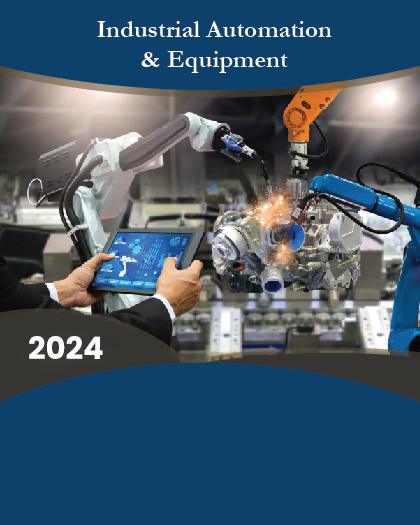

Industrial welding robotics represents the second largest application segment among all the industrial robots sales and operational stock. Annual shipment and sales revenue in this sector are expected to see nearly two-digit CAGRs over the coming duration of 2016-2022. With advantages of increasing productivity and reducing the occurrence of accident at works, welding industrial robots have been replacing human workforce and keeping manufacturers competitive in the global markets.
Global Welding Robots Market - Structure, Size, Trends, Analysis and Outlook 2016-2022 examines the worldwide market of industrial welding robotics through a comprehensive summary and analysis of premium information sources. On the basis of reviewing global economic environments and trends of various manufacturing industries (as they are end-users of industrial robots), this report provides an in-depth and detailed analysis of market structure, market trends, market forces, and market segments (by end-user, by application type, by robotics type, and by region). In most analysis, historical statistics together with market outlook cover the 2014-2022 period in terms of unit shipment as well as sales revenue generated from hardware and software of welding industrial robots. The report also includes current competitive scenario and profiles of major vendors/players.
Qualitative market analyses include identification and discussion of market structure, market overview, growth drivers, restraints and challenges, emerging market trends/opportunities, Porter’s Fiver Forces as well as M&A landscape and fundraising trend (IPO and VCI).
On basis of end-user, the market is broadly segmented into automotive industry, electrical and electronics industry, metal, machinery, and other industrial sectors. The automotive industry consumes most of newly ordered welding robots.
On basis of application type, the market is segmented into spot welding, arc welding, and laser welding. Spot welding robots accounts for the largest share while laser welding robots will see the fastest growth in industrial manufacture over the forecast duration.
On basis of product type, the market is segmented into articulated robots, Cartesian robots, SCARA robots, and other robots (cylindrical robots, delta robots, polar robots, etc.).
Geographically, the global market is segmented into North America, Europe, Asia-Pacific region, Latin America and the rest of world (RoW). Specific analysis and forecast over 2014-2022 have been covered for important national markets such as U.S., China, Japan, Germany, South Korea, and Mexico. APAC region leads the global welding industrial robots market in terms of sales volume as well as annual revenue. Strongest growth potential also exists in the vast APAC market in the future with China and Southeast Asian countries expected to be the main driving engines for the growth.
Highlighted by 4 tables and 110 figures, this 199-page report saves clients a lot of time on researching global market, and provides valuable information and a thorough understanding of the market’s emerging trends, which are needed to successfully derive critical business decisions, identify and expand business opportunities in the global industry.
Key Players:






















